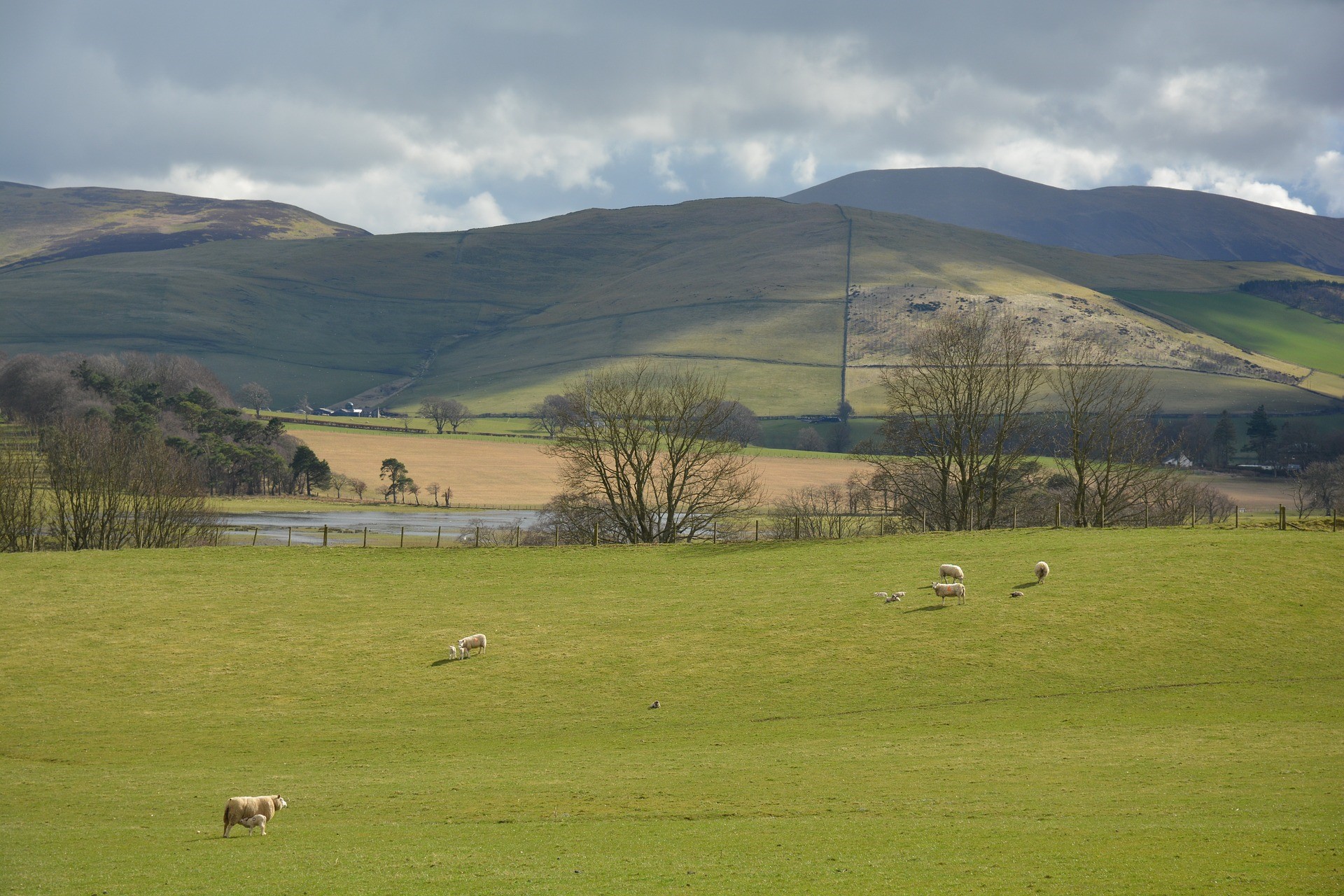Farm profits in Scotland are estimated to have risen by 36% last year. This finding comes from the Scottish Government’s first estimates of Total Income From Farming (TIFF) for 2017. TIFF, the aggregate return for the farming industry, is estimated to have increased by £245 million compared with 2016, which, in-turn, saw a modest increase of 5% over 2015. TIFF is based on a calendar year and therefore these ‘first estimates’ for 2017 are pretty soon after the year-end. Accordingly, the figures contain a large number of forecasts, but the Scottish TIFF is estimated at £917 million, which is the third highest since 2000 in real terms.
Milk and barley have contributed most to the increase. In the dairy sector, the milk price increased by 28% compared to year-earlier levels and with a slight increase in production, the overall output from milk rose by £117 million to £434 million. In the cereals sector, the barley harvest saw a 10% increase, which together, with improved prices saw the value of barley increase by 36% (£67million) to £128 million. Wheat output also increased due to better prices.
Overall income from the grazing livestock sector saw a small increase in value compared to 2016. The beef industry is the largest in Scotland. Throughout 2017, prices remained slightly above year-earlier levels; total output from slaughter and sales of cattle is estimated to have been £716 million. Higher prices in both the sheep and pig sectors also saw values increase. The poultry sector saw a small decline (to £80m), whilst the value of eggs increased by 8% to £89 million.
The potato sector saw a 4% increase in value, mainly due to a strong ware harvest which offset poorer prices. The value of seed potatoes remained pretty steady. There has been strong growth in the Scottish vegetable sector over the past two years, output is now estimated to stand at £155 million. In contrast the fruit industry has fallen over the same time period, but is still historically strong at £134 million.
On the costs side, feed, fuel and labour are estimated to have increased. Fertiliser, after falling in 2016 is estimated to have remained steady in 2017. This all results in an estimated increase in costs in the region of 7% compared to 2016.
The full publication, which can be found at www.gov.scot/Publications/2018/01/1265 also includes comparisons with other parts of the UK. This shows that income from farming in Scotland (and Wales) is below other areas. The highest level of income from farming in Scotland (on a per Ha basis) was in the North East. In terms of productivity (the amount of output per input, irrespective of price); this has improved in four of the last five years.
